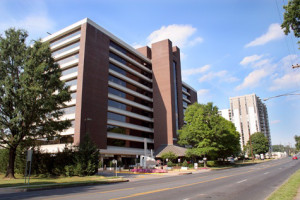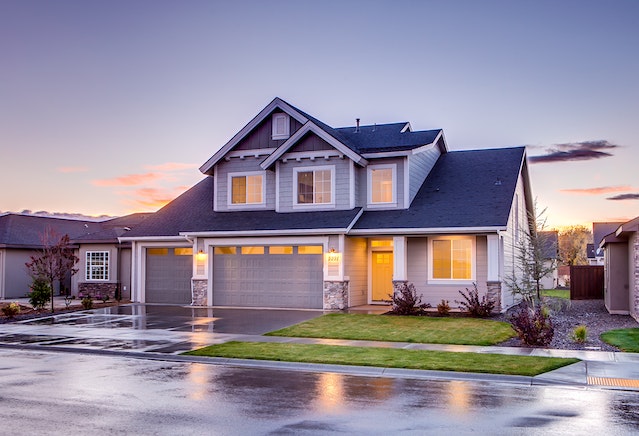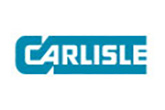Commercial Roofing Replacement: 
Every roof has a life cycle, and at some point becomes beyond Roof Repair. Our team of experts will do a free comprehensive survey of your roof, including an existing conditions photo report and provide a value-engineered replacement solution that fits your budget, energy concerns, sustainability strategy, and business priorities. Commercial Roofing Replacement

- TPO, PVC
- EPDM
- Modified Built-Up
- Metal
- Vegetative/Garden Roofs
- Solar High Energy Solutions
- Elastomeric Rubber Coatings
Whether you’re managing a commercial building or office space, checking your roof’s condition is a key step in any maintenance plan. Regular maintenance and inspections can help avoid costly and worrisome emergency repair bills. But eventually, all roofs experience deterioration, making roof replacement the best option for your business. When it’s time to replace your roof, knowing the advantages, costs, and requirements can help you choose a qualified team for the job and protect your commercial space.
Advantages of Commercial Roof Replacement
Replacing your commercial roof comes with several benefits. One of the most important advantages is eliminating any risks associated with a leaking roof. Investing in a replacement also keeps your building compliant with local building codes and gives you peace of mind regarding the safety of your employees and customers. Replacing your roof may boost your business’s curb appeal, making it more attractive for potential customers or tenants.
Cost Considerations for Replacement
A full roof replacement should last several years if done correctly and with the right materials. Because this project comes with a huge financial investment, it’s important to understand the associated costs. While labor is often the biggest expense, you’ll also need to consider the cost of material and disposal fees. In some areas, you may need to pay for a permit, an engineer to inspect the new roof, and a third-party inspector to confirm its installation. Additionally, it’s important to compare the costs of roof repairs versus roof replacement if one of your options is to address your roof needs.
Building Impacts During Replacement
When you begin a project as large as a roof replacement, you should fully understand how this work may affect the rest of your building and everyone using it. Before beginning this project, warn employees, clients, and anyone living near your business about the disruption, dust, and noise that typically accompanies this type of work. When you’re ready to start the project, setting up a temporary workspace in a different area may be helpful, which should minimize the impact of related noise and mess.
Types of Materials Used for Replacement
Most contractors will offer several materials and corresponding warranties when shopping for a roof replacement. Common choices include asphalt shingles that mimic traditional clay or slate tiles, barrel tile, metal, and spray foam. Asphalt shingles come in many colors and are the most commonly used, while metal is often a better choice for businesses susceptible to fire, strong winds, and hail. Barrel tile and spray foam are more expensive options, but they can increase energy efficiency with the right insulation backing.
Qualified Contractors for Roof Replacement
Choosing the right contractor is essential for roof replacement projects. When looking for the right team for the job, you should always read reviews, ask for references, and compare quotes from multiple contractors. Sometimes, your building inspector or insurance agency may also have guidelines to help you pick the right team. Because any mistakes or wrong materials used Increase the chance of costly future repairs, choose a contractor with the right knowledge and expertise to do the job.
Maintenance Requirements Following Replacement
A complete roof replacement solution should last several years, depending on your building and the weather to which it’s exposed. But to maximize your investment, regular roof maintenance is key. To ensure your new roof stays in good condition, create a regular inspection schedule, clear dirt and debris around your gutters and drains, improve drainage, and inspect the exterior for signs of damage. Sometimes, you may need a professional, but most regular maintenance tasks can be performed independently without specific tools and assistance.
FAQs About Commercial Roofing Replacement
Q: What does a full roof replacement usually entail?
A: Replacing a commercial roof involves several steps. First, the crew will assess and measure the roof. After that, they may need to tear off and dispose of existing roofing, inspect the deck, clean and repair any damages, install new flashing and roofing components, and finish with an insulation layer and a protective sealant.
Q: How long will a commercial roof replacement take?
A: Replacing an entire roof can take several weeks or longer, depending on the space’s size and the project’s complexity. Your chosen contractor should provide a job timeline so you can plan accordingly.
Q: Can a roof replacement be undertaken during winter?
A: Roof replacement is possible during the winter months. Though the process slightly changes due to the cold weather. Special adhesive, heat systems, and foam are used to ensure a quality installation and to keep the material flexible enough to level and adhere properly.
Conclusion
When the time comes for commercial roof replacement, it’s important to know precisely what steps to take. By understanding the advantages, costs, inspections, materials, contractors, and maintenance requirements, you can plan accordingly, choose the right team, and protect your business for years.









